|
Brain Injury Awareness Day on Capitol Hill, which will be held on Wednesday, March 16, 2011 Quick Facts About Brain Injury: An estimated 1.7 million children and adults in the U.S. sustain a traumatic brain injury (TBI) and another 795,000 individuals sustain an acquired brain injury (ABI) from non-traumatic causes each year. Currently more than 3.1 million children and adults in the U.S. live with a lifelong disability as a result of TBI and 6.4 million have a disability due to stroke. Brain injury is unpredictable in its consequences. Brain injury affects who we are, the way we think, act, and feel. It can change everything about us in a matter of seconds. The most important things to remember: • A person with a brain injury is a person first • No two brain injuries are exactly the same • The effects of a brain injury are complex and vary greatly from person to person • The effects of a brain injury depend on such factors as cause, location, and severity. (Statistics courtesy of the Centers for Disease Control and the Heart Disease & Stroke Statistics 2010 Update At-A-Glance.) Living With Brain Injury Arietal Lobe Functions
Fire Extinguishers Keeping Your Family Safer with Fire Extinguishers
In addition to working smoke detectors, every family should have certified fire extinguishers strategically placed in rooms such as the kitchen, garage or workshop. Fire extinguishers are your second line of defense behind a smoke detector and can be the difference between a small inconvenience and a life-changing event.What type of extinguisher should I buy? Using the wrong type of extinguisher on a fire can actually make it spread so it’s important to plan ahead when purchasing and placing fire extinguishers. There are four types of household extinguishers, and the manufacturer’s use and care booklet provides guidance on the type and size of fire with which your extinguisher may be used. The booklet also provides tips on how to properly use and maintain your extinguisher. Extinguisher Ratings:
Don’t just hang your extinguisher on the wall or in the cupboard. Plan ahead, read the instruction manual and know your extinguisher’s capabilities before trying to fight a fire. Portable extinguishers are useful for putting out small fires, but recognize your limits and the limits of the extinguisher. Some basic rules to keep in mind when dealing with household fire extinguishers:
Home Safety Checklist,
Make your family safer, step-by-step
Fire Safety At home A simple way to put out a kitchen fire. Watch video from link below.
Stopping a Fire Before it Starts: 5 Things You Can Do Today
When it comes to fire safety, information abounds. But as a busy mom, it’s often hard to find the time to wade through the information and figure out what you need to do to keep your family safer. Here are five simple things that you can do today to help protect your family from fire. Do a Smoke Alarm Audit Do an audit of your home’s smoke alarms. (If you don’t have UL listed smoke alarms, make a plan to install them on each level of the home, especially near sleeping areas). Check placement: Smoke rises, so smoke alarms should be located on a ceiling or high on a wall. Alarms mounted on the ceiling should be at least four inches away from the nearest wall and those mounted on walls should be four to twelve inches down from the ceiling. Test your alarms and be sure that they can be heard in bedrooms even when the doors are closed. If not, install smoke alarms in the bedrooms. Make sure that your kids know what the alarms sound like. Replace alarms that are older than 10 years and replace any alarm that has been painted over. Mom Tip: Change the batteries whenever you change the clocks for Daylight Savings Time. Make Extinguishers Handy Be sure that you have at least one or more UL listed fire extinguishers in your home. An ABC-type extinguisher is a good all-purpose choice for fires in the home. Check the gauge located on the extinguisher to see if it needs to be replaced or recharged. Also be sure that the fire extinguisher is in an easily accessible location. Remember that fire extinguishers are not designed to fight large or spreading fires. Your number one priority is to have an escape plan and to get out safely. If the fire is small and contained and the room is not filled with smoke, get everyone out and call the fire department; then, you may use the fire extinguisher to control the fire. Mom Tip: Read the directions and familiarize yourself with the use of your extinguisher now, before you’re in the midst of an actual emergency. Talk Prevention with Your Kids Talk to your kids about how they can prevent fires. Children under age five are especially curious about fire and need to start learning about the tremendous danger. Take the mystery out of fire and make sure that your kids know the following safety tips:
Look at Your Home From Your Child’s Perspective Think about how your child sees potential fire hazards in your home by getting down on your hands and knees with them and taking a look around. See any dangling cords that could cause a problem if pulled? Enticing heaters or other appliances? Make adjustments to your home according to what you find. Mom Tip: Make your floor-tour a game with your kids. Have them point out things they see by playing eye-spy. You’ll be surprised by what catches their attention. Avoid Overloading Sockets and Cords Do a walk-through of your home. If you see sockets with too many cords plugged in or even too many extension cords around the house, it may be time to have extra outlets installed by a professional. Always pay attention to the acceptable wattage for cords and lamps. Also look for extension cords that are “tacked up” or run under a rug as these could be a real fire hazard for kids and adults. Mom Tip: The den and the nursery are particularly susceptible to overloaded outlets. Never plug something in unsafely “just this once” or “until I get another power strip tomorrow.” For more useful tips and information, visit the National Fire Protection Association at www.nfpa.org Here’s a handy way to walk through each fire-prevention step with your family. Print this PDF, and check off each activity as you go. When you’re done, print out the award certificate for your family for a job well done! Paint Your Walls. Protect Your Family: Tips on How to Safely Paint Indoors
One of the quickest, cheapest and most dramatic ways to freshen up a room is paint. However, before you grab the rollers and get going, it’s important to remember that paint and paint thinner can have extremely harmful effects on you and your family, especially when used indoors. We know you want to keep your two most important investments – your family and home – safe. For more information about safe painting tips, visit your local home improvement or paint store. When painting, the Envionmental Protection Agency (EPA) and the US Consmer Product Safety Commission recommend you take the following precautions to ensure a safe outcome:
Easy Ways to Live Greener-Part 1
Think you’re doing all you can to give the environment a break and make your home a little healthier for your family? Or do you want to go green but you’re not sure where to start? Scan this list of green ideas and start adding a few to your routine every week.
Easy Ways to Live Greener-Part 2
When you’re a parent, environmental concerns suddenly take on new meaning. You want to keep your family safe and your environment healthy for so many reasons. Scan this list of green ideas and start adding a few to your routine every week.
|
Health CornerWe hope the posts here help you in your quest for better health. Your comments are welcome. Archives
August 2017
Categories
All
|
||||||
- HOME
- PRESIDENT'S MESSAGE
- A DAILY POINT OF LIGHT
- FFC 2020 THANKSGIVING OUTREACH
- CHRISTMAS FOOD DISTRIBUTION & 2020 YEAR IN REVIEW
- CHRISTMAS 2021 FOOD DISTRIBUTION
- ABOUT US
- DONATE
- DSK AIR PURIFICATION
- CONTACT US
- DSK AIR PURIFICATION
- EVENTS CALENDAR
- SERVICES
- MEDIA CENTER
- YOUTH CORNER
- FFC 2021 SCHOLARSHIP AWARDS
- 2019 SCHOLARSHIP AWARDS
- 2018 SCHOLARSHIPS AWARDS
- 2016 SCHOLARSHIP AWARDS
- COMMUNITY PARTNERS
- SISTER ORGANIZATIONS
- COMMUNITY BULLETINS
- HEALTH CORNER
- FFC NEWSLETTER ARCHIVE
- THANK YOU
- TESTIMONIALS
- BROWARD VOLUNTEER RECOGNITION
- COMMUNITY VOLUNTEER APPRECIATION 2012
- COMMUNITY WORSHIP SERVICE
- INSPIRATION CORNER
- LIFE EMPOWERMENT CONFERENCE 2012
- BACK TO SCHOOL OUTREACH & GIVING
- COMMUNITY OUTREACH HOME IMPROVEMENT WORK DAY
- DOMESTIC VIOLENCE AWARENESS
- HOW DV AFFECTS IMMIGRANTS
- LIFE LINE OUTREACH
- WORKFORCE EMPOWERMENT
- LEADERSHIP TRAINING
- RELATIONSHIP RESCUE
- THE HERO IN YOU
- MENTORS NEEDED
- SPONSORS
- JOIN US
- YOUR POWER PILL
- FFC BLOG
- RADIO OUTREACH
- RADIO ARCHIVE
- RADIO PARTNERS
- TUTORING APPLICATION & WAIVER
- TUTORIAL REGISTRATION FORM
- TALENTS CORNER
- HUMOR CENTER
- MILITARY TRIBUTE
- 2021 VOLUNTEER APPRECIATION
- WHY BECOME AN FFC VOLUNTEER
- VOLUNTEER RECOGNITION
- VOLUNTEER OF THE MONTH
- VOLUNTEERS ARE SPECIAL
- VOLUNTEERS GALLERY
- ADVERTISE HERE
- BIRTHDAYS & ANNIVERSARIES
- FREE ECARDS
- GUEST PAGE
- DISCLAIMER
- TERMS OF USE
- PRIVACY POLICY
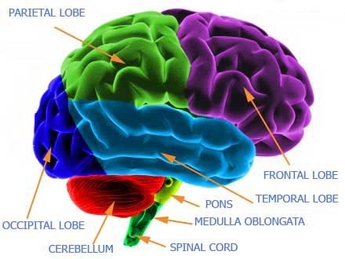
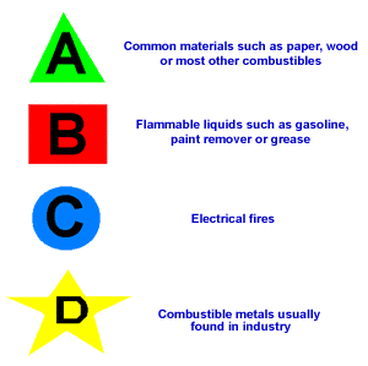
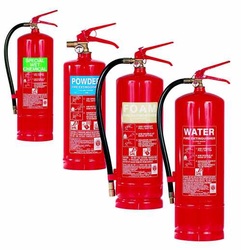
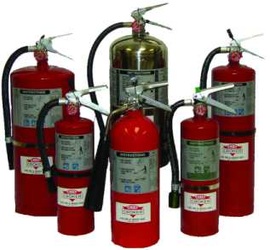
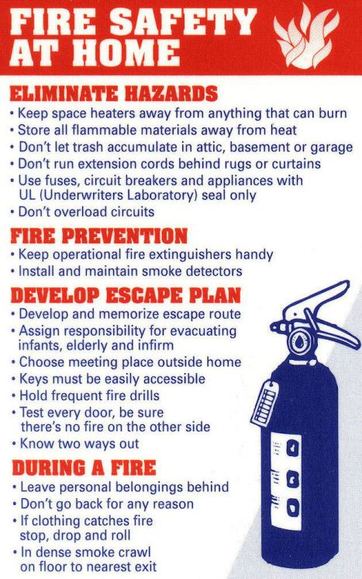
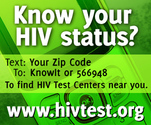
 RSS Feed
RSS Feed